Do house plants clean indoor air?
The idea that house plants filter and clean indoor air is at best a mini-truth, and at worst a total myth, and like any pseudo-science health trend, it can have a negative impact as well. Providing false solutions to human health issues gives people a false sense of security. Having plants in your home provides quality of life and a connection to nature but functionally speaking, they do next to nothing to improve air quality.
Just as some questionable home remedies, homeopathic solutions and anti-vaccine propaganda can be counterproductive to maintaining health, succumbing to these internet myths and relying on plants to clean your air may worsen the indoor air quality in your home. It’s far better to follow practical and proven methods and guidelines, such as those laid out in home rating systems like LEED. One example of something the internet has spread around as a truth is using coffee grounds in the garden - discover here why it's such a bad idea.
This popular internet rumor stems from a NASA study in 1989 that concluded that if humans were to live in small hermetically-sealed spaces, plants offered a potentially affordable solution to reducing indoor air pollution.
This anecdotal conclusion has grown to epic proportions among home décor websites to the point where there are even recommending specific plants in specific rooms for their particular characteristics; the following examples were easily found on the web –
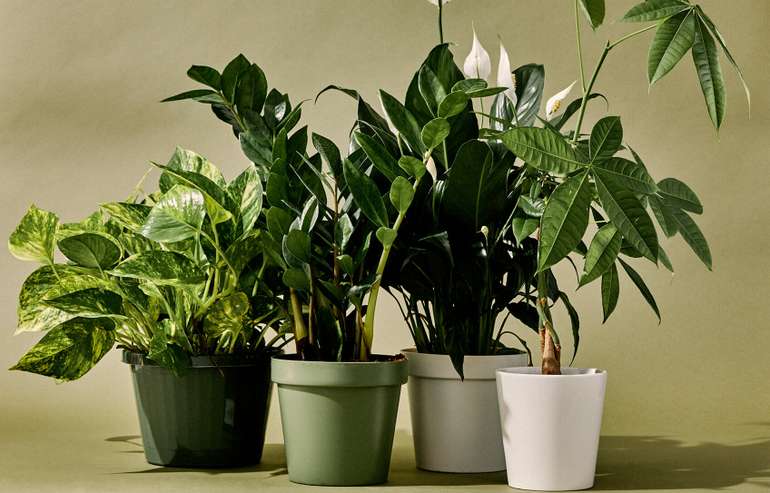
The best air purifying plants are apparently....
• Bamboo palm and spider plants in the kitchen to remove formaldehyde, xylene, and toluene, which can be found in certain kitchen appliances and furniture.
• Snake plants in the bedroom because they absorb CO² in the day, release oxygen at night, & who doesn't like snakes in the bedroom?
• Boston ferns in the basement because they like cool, moist areas with no direct sunlight.
That is all complete nonsense. If your basement has high humidity levels, you have a problem that a fern isn’t going to solve. High humidity levels in basements leads to mold and mildew, and due to the natural stack effect of air flow, mold spores from your basement will find their way into the upper floors of your home.
The first step to dealing with basement humidity is to get a dehumidifier and try to keep the Relative Humidity level (RH) to below 50%. See our pages on why basements are moldy and how to fix them for more in-depth basement improvement advice than ‘buy a fern’.
Will putting a bamboo and spider plant near your kitchen help remove toxins from the air? No more than walking past a dentist office will whiten your teeth. There is more dust and chemicals being filtered through your nose than the plant you may be standing beside.
Beyond the trivial contribution plants make to home air quality, we find the idea that putting specific plants in specific rooms for added benefit to be particularly amusing, given the air movement in homes due to ventilation equipment.
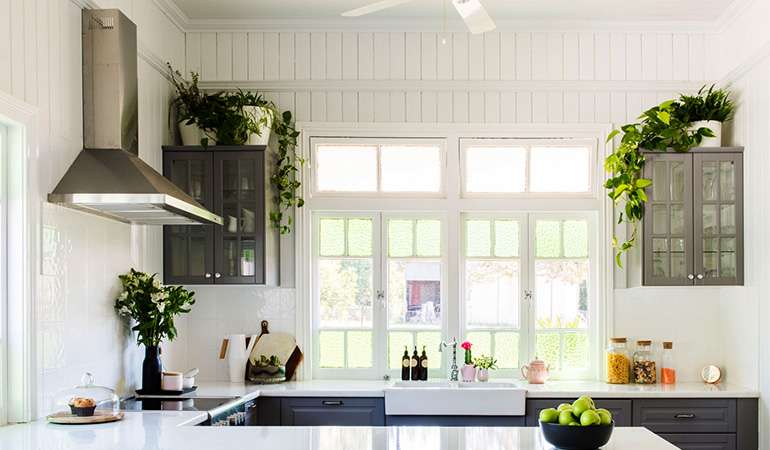
An ideal HVAC design for homes would include a ventilation intake near the kitchen, which would pull out between 100 and 200 CFMs (cubic feet per minute) of air locally; there is no plant that can process that volume of air.
Snake plants flood bedrooms with oxygen & promote sleep - or do they?
Will a snake plant in the bedroom provide me with oxygen? If you are an aphid sitting on a leaf, yeah probably a bit, but for our human readers - a bedroom fresh air vent may be a better bet as it should be fed about 10-20 CFMs of fresh air. But put one in there anyway, plants are a lovely sight to see as you wake up in the morning.
In response to the internet wave of bogus information about plants cleaning air, the Environmental Protection Agency (EPA) conducted its own studies and determined that to achieve the same rate of cleanup as in NASA's Chamber Studies, it would take more than 680 plants to remove toxins in a 1,500 sq. ft house.
The EPA study was confirmed by many researchers including Michael Waring, Richard L. Corsi and Elliot Gall, who arrived at these conclusions after analysing 195 studies examining indoor plants and their ability to filter air, produce oxygen and remove toxins. They concluded that some plants eliminate VOCs better than others, but when put in large rooms, their effects are practically inexistent.
“We decided to study it more in-depth in response to all the internet articles and wellness blog posts that tout plants as an indoor air quality magic bullet,” says Michael Waring, an environmental engineer and indoor air quality expert at Drexel University.
Another study showed even less air quality benefits from house plants, and concluded that it would take approximately 1,000 plants in a 10 square foot area to achieve the improvement in air quality that can be attained with a conventional ventilation system with high efficiency MERV filters.
André Fauteux, publisher of the Quebec magazine La Maison du 21e siècle spoke with former NASA researcher BC Wolverton, who was involved with the initial study, and who acknowledged that - “reducing pollutants at the source and ventilation have a greater depolluting impact on air quality than the use of plants. The impact of plants is only noticeable in a perfectly waterproof and non-ventilated building, like a space capsule." This may come as a revelation to all those pseudo-sustainable construction websites, but homes and space capsules are very different.
How to improve indoor air quality in homes?
To solve a problem, you need to identify the problem and, in terms of air quality in a home, that means determining what are the common contaminants found in indoor air and what is the best way to remove them. From there you should, whenever possible, make eliminating the source AT the source the priority, then implement an effective system for removing any remaining contaminants from the air.
Always choose non-toxic building materials, and low or zero VOC paints and finishes.
Avoid chemical cleaning agents; read here about how to clean a home using non-toxic safe cleaners.
Avoid adding scents; read here about the impact of fragrances on indoor air quality.
Have air-handling units regularly maintained, and keep your HRV operating clean and efficiently.
Test systematically for radon, and if initial tests prove positive take radon mitigation measures and install a SMART radon tester and alarm for complete peace of mind.
Choose the right air filter for your home with the appropriate MERV rating.
Home air quality is a growing issue as homes become more energy efficient and airtight. Ventilation systems are now standard requirements in most national and regional building codes and serve to provide fresh air to indoor environments, but we should also be aware of the types of toxins we are introducing through building materials. With the current issues of airborne viruses as well, it's never been more important to choose the right air filter and furnaces and ventilation units to protect against viruses and remove allergens.
Also see Surgically Clean Air’s JADE ™ 2.0 Air Purifier (SCA5100C), which is one of the World’s Most Advanced Standalone, Premium, Commercial-Grade Air Purifiers
Ventilation systems for home renovations
If you are looking to add a ventilation system to an existing home or for a new addition, while it’s not always a feasible solution to bring ductwork to the new living area, there are ductless HRVs and ERVs (heat recovery and energy recovery ventilators) that can be added without great hassle to improve indoor air quality.
Ductless ventilators simply require feeding a low-voltage wire to units, so no major renovation is required and wires can be fairly easy to hide. See our DIY ductless HRV installation video here.
About the author:
Emmanuel Cosgrove built the first LEED Platinum home in Canada, he is a co-founder of Écohabitation, a LEED for Homes Provider, LEED Green Rater, recipient of the 2016 Green Building Champion Award from the CaGBC, and a contributor to the LEED for Homes Rating system.
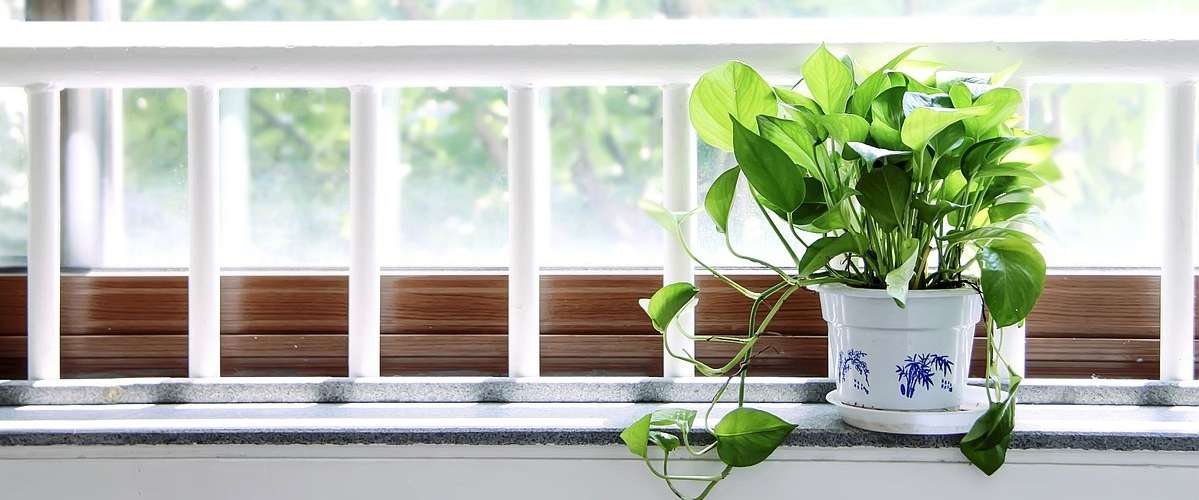















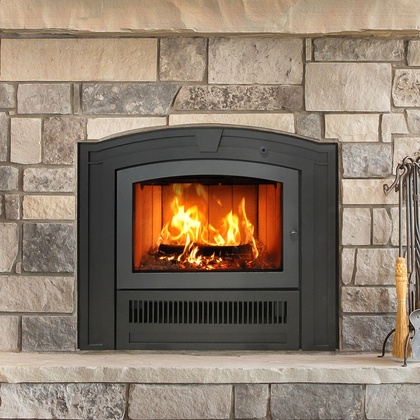



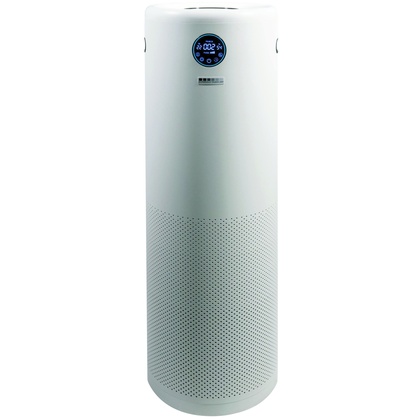

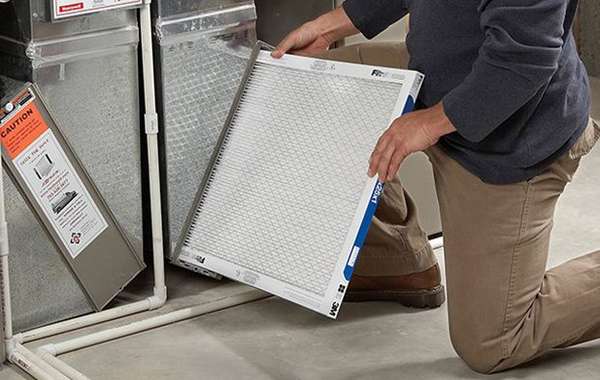

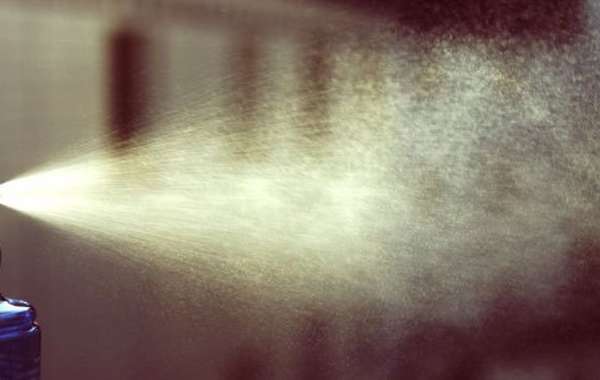
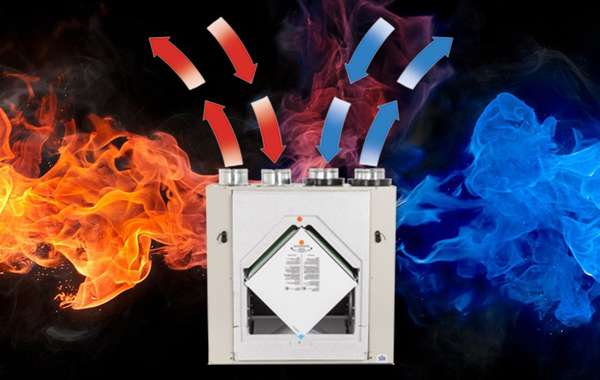
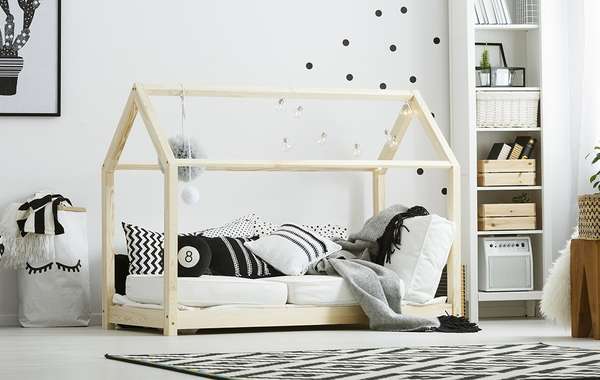

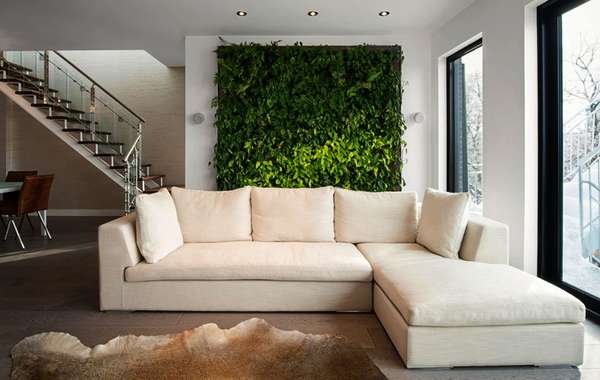
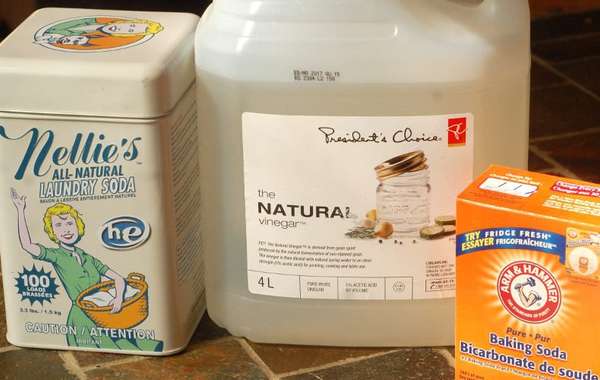
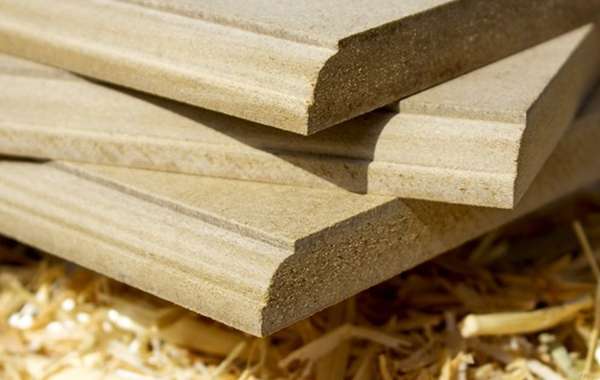
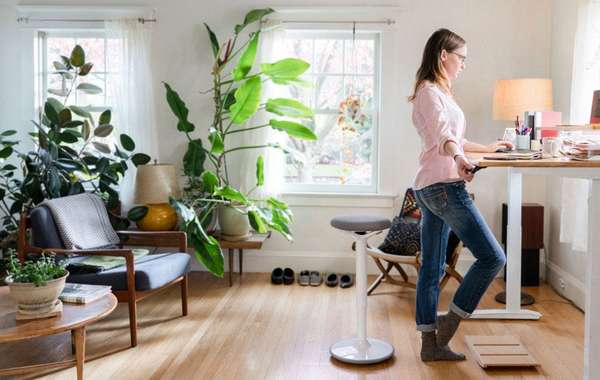
"This popular internet rumor stems from a NASA study "
I read the study. here's the summary.
Studies of the beneficial or detrimental effects on man of volatile plant metabolites in a closed system have been limited. However, available data do not demonstrate that harmful effects can be expected with complete ecological closure involving man, plants, and soil microorganisms. NASA studies at Stennis Space Center, private studies by Biosphere 2 in Arizona, and USSR studies in Siberia are beginning to present a clearer picture of whatman can expect to experience when sealed inside facilities with plants and soil as his major means of life support. SUMMARY Low-light-requiring houseplants, along with activated carbon plant filters, have demonstrated the potential for improving indoor air quality by removing trace organic pollutants from the air in energy-efficient buildings. This plant system is one of the most promising means of alleviating the sick building syndrome associated with many new, energyefficient buildings. The plant root-soil zone appears to be the most effective area for removing volatile organic chemicals. Therefore, maximizing air exposure to the plant root-soil area should be considered when placing plants in buildings for best air filtration. Activated carbon filters containing fans have the capacity for rapidly filtering large volumes of polluted air and should be considered a integral part of any plan using houseplants for solving indoor air pollution problems.
Thanks for sharing that Mic. The reason they don't work in homes starts with the comment "in a closed system". A spaceship must be a closed system as all the occupants will die if there is an air leak, but houses are not closed systems. In a truly closed system you can measure such effects, but there is simply no house in existence that is actually 'airtight'.
Was there any mention of the air change variable in homes? Or Relative Humidity levels? It is impossible to come to any realistic conclusion without considering that variable. Ideally a home would not exceed 50% RH for reasons of human health and home durability, a room full of plants will make that very difficult to maintain.
And to speak to air leakage - newly built homes that meet current building codes are said to have as high as 2-3 ACH (air changes per hour), so the entire volume of air is replaced many times per day. Even Passive House with their extremely high standards for air tightness allow for 0.6 ACH, and even in a home that well-sealed you will still see air replaced quicker than plants could possibly clean it.
And this - "maximizing air exposure to the plant root-soil area should be considered when placing plants in buildings for best air filtration". That sounds like you would need to locate plants near any point of air leakage, which would be virtually impossible to do.
As mentioned, it would take a veritable jungle to make a difference, at which point you would experience extensive moisture damage in a home. This is an interesting novelty conclusion, but it is in no way a functional solution for ensuring safe home air quality, which is acknowledged at the end where they say fans and filters would also be required. So the conclusion of that study, is that a home needs mechanical ventilation.